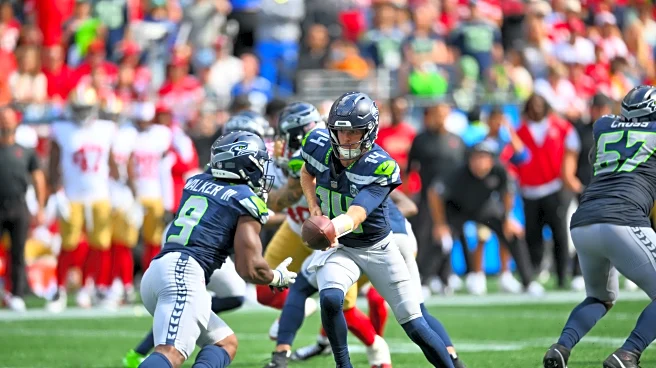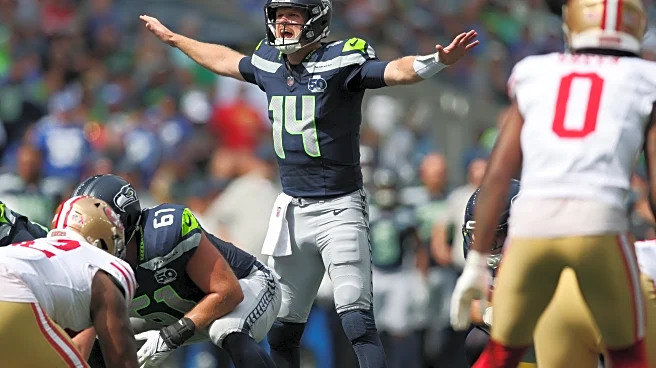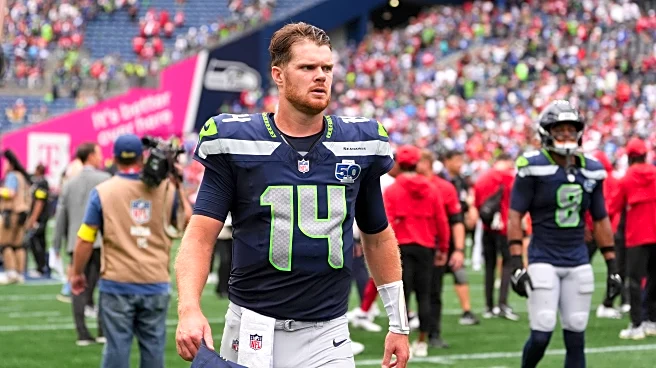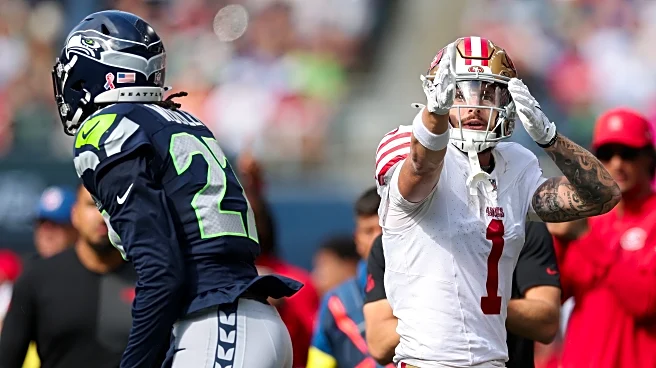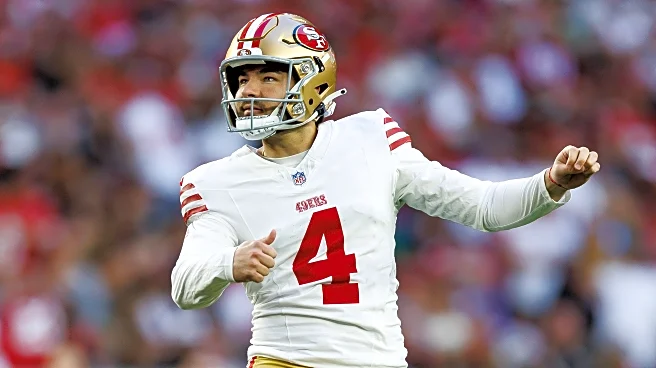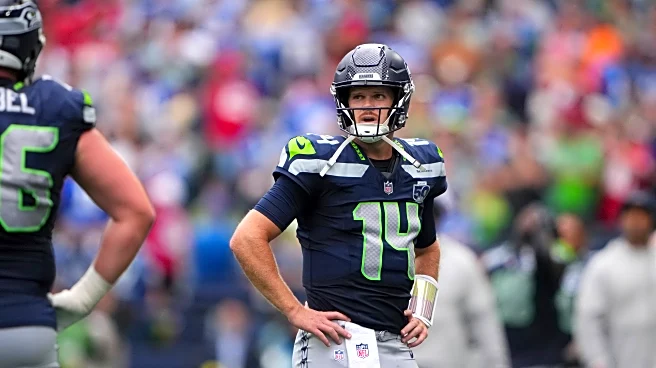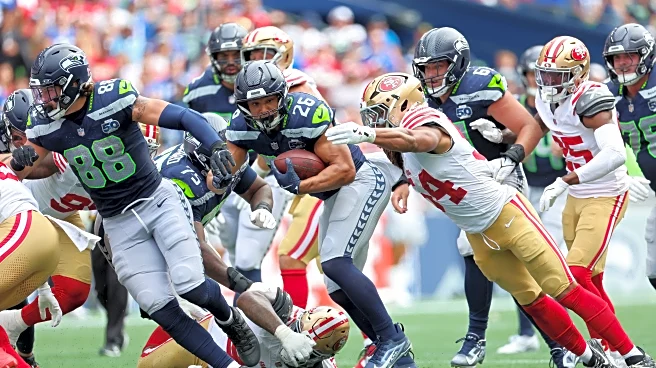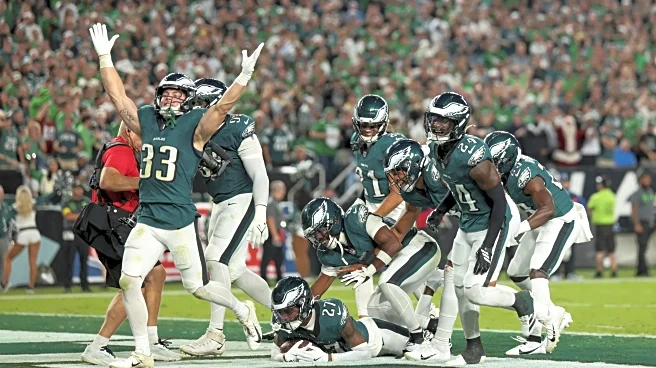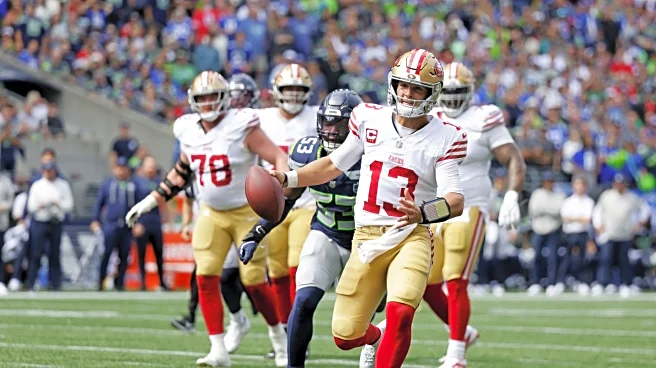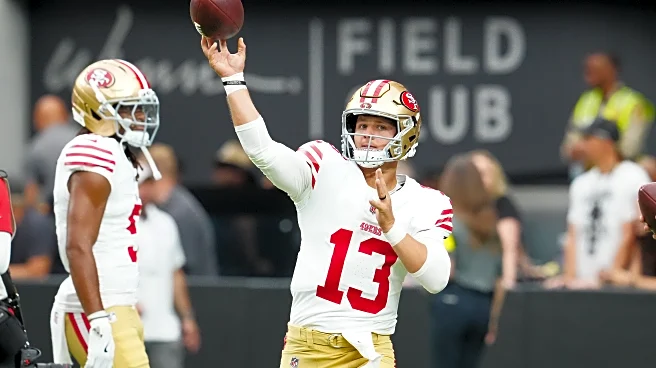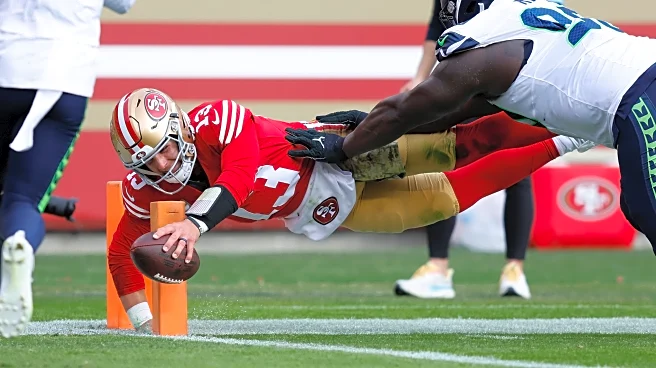
In 2022 Ken Walker burst onto the scene for the Seattle Seahawks, rushing for 1,050 yards and nine touchdowns during his rookie campaign.
However, in the two seasons since Walker has failed to exceed the lofty expectations laid out by that splash performance, and in Week 1 against the San Francisco 49ers he was outsnapped by third year running back Zach Charbonnet.
The question for many fans was exactly how and why Walker saw the field less than Charbonnet, and why it appeared that the offensive line
opted to not block when Walker had the ball. The answer to those questions, as has been the case for most of Walker’s career, falls largely at the feet of the fact that Walker consistently failed to operate within the system and run within the play design.
For reference, here’s a compilation of many of Walker’s runs from the matchup against the 49ers.
Before diving into the specifics of a couple of those plays, it’s first necessary to understand the basics of running in a wide zone system in order to understand what is being asked of the running backs.
Specifically, in outside zone a running back’s job is to proceed to a certain point, read the alignment of a pair of defenders, plant and go based on those reads. The three choices include two options to the play side or a cutback, and are roughly illustrated in the image below.

There is no thinking involved, as which of the three paths for the running back to follow is dictated by the alignment of the defenders at the time the read is made. The defenders being read in this situation are those being blocked by Abe Lucas and Robbie Ouzts, and the read is based on whether the defender is inside or outside of the blocker.
The short version of the decision tree is as follows:
- If both blockers are outside of the defenders, attack to the outside
- If the outside blocker is inside the defender and the inside blocker is outside, proceed between the blockers
- If both blockers are inside the defender, cut back
That’s it. The running back looks at the position of the two defenders relative to the blockers, makes the read, commits and goes. There is no changing of the read if the defenders adjust and change positioning. The job of the running back once they make the read and start down a path is to attack that path.
In the image above Ouzts has inside position and Lucas has outside position on the 49ers they are blocking, making the read to attack between the two, or in other words to follow the middle arrow.
Walker appears to make the proper initial read and plants to attack between Ouzts and Lucas.

The play design now calls for Walker to run between Ouzts and Lucas and forget about the other two options because they effectively no longer exist.
This is Ken Walker we’re talking about, though, and Ken Walker has never met a hole he couldn’t avoid by trying to bounce the carry to the outside, which is exactly what he did on this play, making a second cut and trying to win a race to the sideline.

Thus, instead of moving north and south and proceeding up the field through the hole that had existed between Ouzts and Lucas, Walker spends his time running laterally. This gives the defender who is nine yards off the line of scrimmage at the 49ers 38 yard line in the above photo time to step up and make initial contact one yard past the initial line of scrimmage.

The small delay from Walker dancing and changing his mind after making his initial cut, followed by the time wasted running laterally instead of attacking is major factor in why Walker so often appears to have such poor blocking and why his yards before contact is consistently lower than that of his teammates running behind the same blocking.
For those wanting more examples of Walker bouncing, here’s a clip from one of the matchups against the 49ers in 2024.
This isn’t college. This is the NFL. A hole is often no wider than a crease, and it’s the job of the running back to commit and hit.

Walker, as is his habit, opts to try and win a footrace to the outside, which leads directly to initial contact being made behind the line of scrimmage.

Coming back to 2025 and the Week 1 loss to the 49ers, on the second play in the clip Walker’s options are to take on Fred Warner one on one in the hole or to try and win a footrace to the outside. Warner is certainly going to make the tackle a majority of the time, but even if he does, it’s somewhere around the line of scrimmage and isn’t a huge negative. If, however, Walker is able to break a tackle or somehow make Warner miss, there’s the potential for a big gain because there aren’t a lot of 49ers defenders behind him.

This is a very good example of the difference in running styles between Walker and Charbonnet. On approximately 100% of such carries Charbonnet would turn upfield to attack, and if he’s somehow able to break a tackle, it’s a decent run. However, as is his habit, Walker opts to try and win a footrace to the outside, meaning that once again initial contact is made three yards in the backfield rather than at or near the line of scrimmage.

Jumping ahead a couple of plays from the clip to the toss left, and Walker does the same multiple-cut dancing routine in the backfield. He first makes an initial cut to turn upfield.

And then a second cut while still behind the line of scrimmage.

And this is the position that all that dancing left him in, which is a part of why so many fans complain of a lack of vision.

Yes, the game moves very quickly in the NFL, and it’s not entirely Walker’s fault that his backfield dancing led to him running square into the back of Ouzts, but he certainly played a major role in where he was relative to the guys in front of him.
Now, in stark contrast to Walker’s two cut dance backfield dance routine on a toss with an offensive lineman out front, here’s Charbonnet patiently trotting until he finds a crease he likes and squeezing through as he turns upfield.
And just so that the Walker fan club can’t complain that it was all the fault of the offensive line or try to claim that this is a hit piece and that none of the dancing or bouncing were Walker’s fault, here’s a clip of Walker actually hitting an open hole that the line opened for him.
And now it’s on to the Pittsburgh Steelers.
